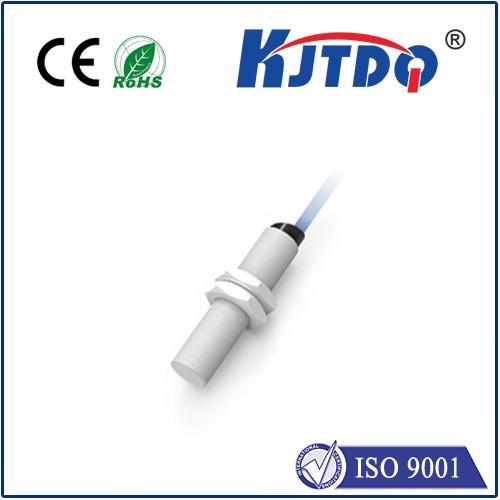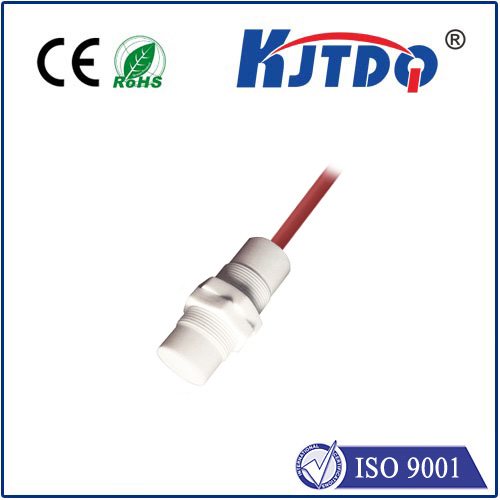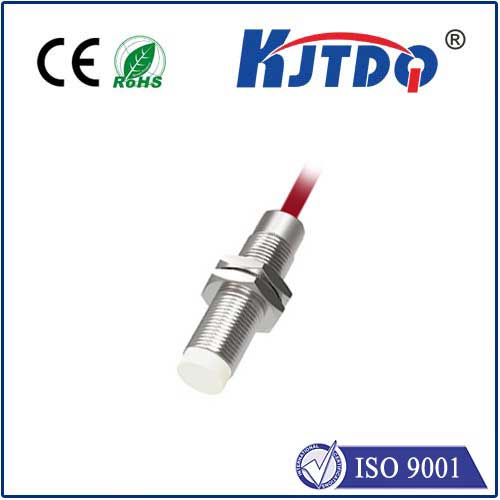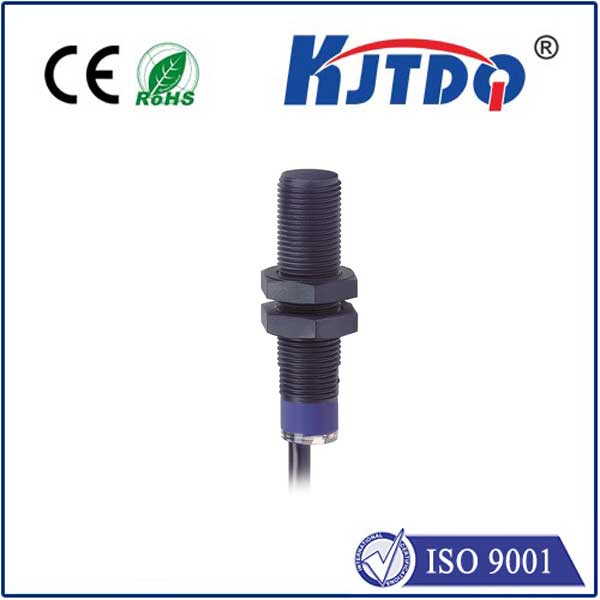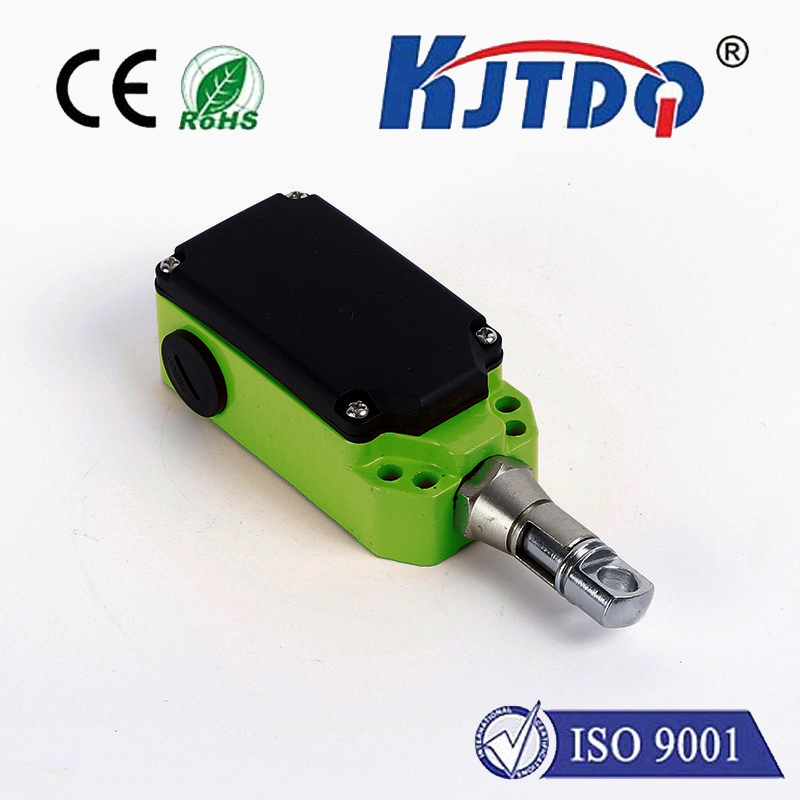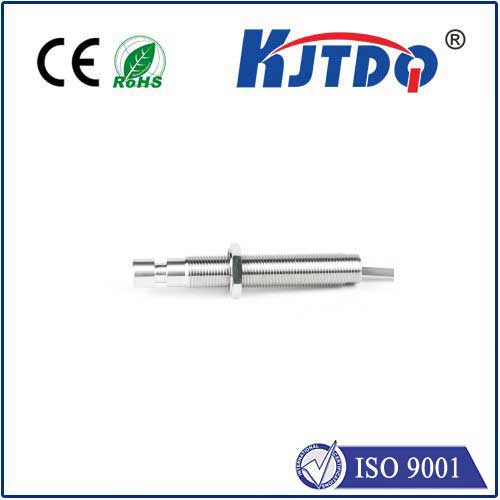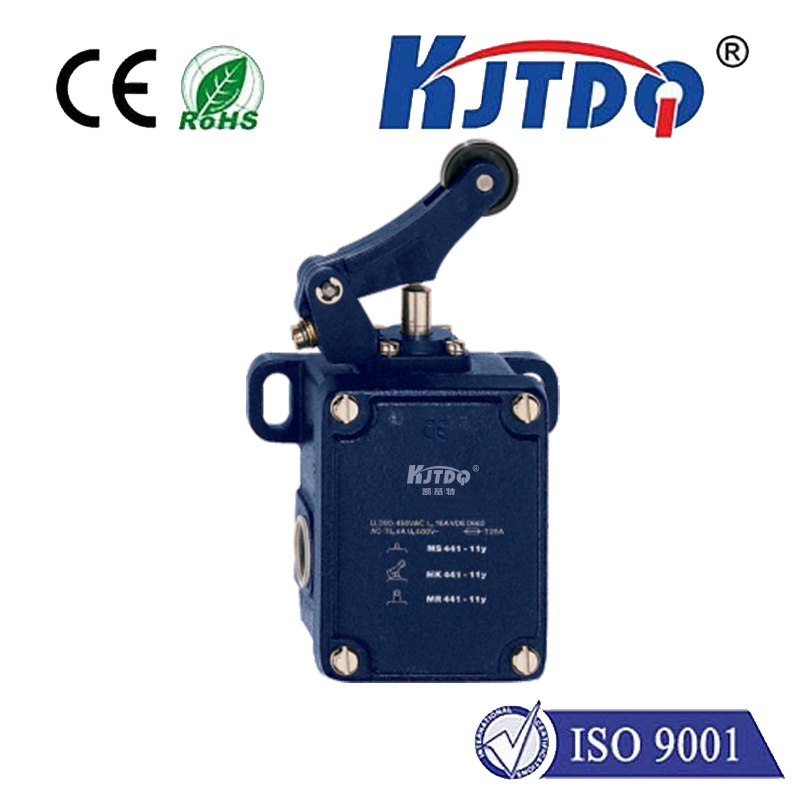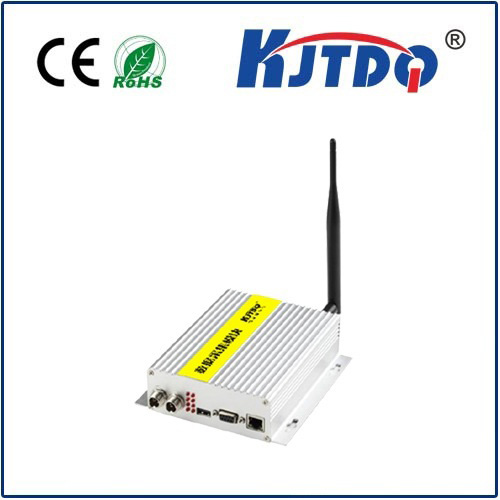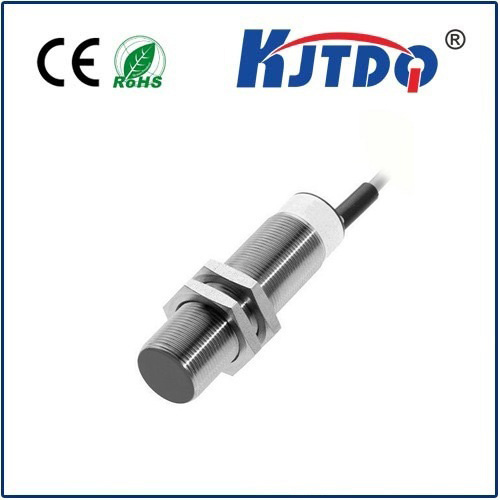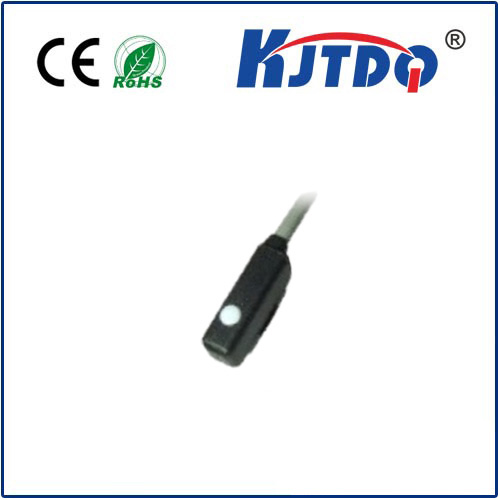6mm proximity sensor
- time:2025-06-17 00:13:40
- Click:0
The 6mm Proximity Sensor: Mastering Precision Detection in Tight Spaces
Imagine a robotic arm placing microchips on a circuit board with micron-level accuracy. Or a high-speed packaging line ensuring every tiny component is present before sealing. In these demanding scenarios, where space is scarce and precision is paramount, one vital component often works unseen: the 6mm proximity sensor. This compact marvel of industrial automation is specifically engineered to provide reliable, non-contact detection in applications where every millimeter counts. Its unique 6mm sensing range strikes a crucial balance, offering sufficient distance for practical use while maintaining the small footprint needed for integration into modern, miniaturized machinery.
Understanding the Core Concept
At its essence, a 6mm proximity sensor is a device designed to detect the presence or absence of a target object without physical contact. Unlike limit switches that require a physical bump, proximity sensors work through electromagnetic fields, typically inductive or capacitive principles. The “6mm” specification refers to its nominal sensing distance – the maximum distance at which it can reliably detect a standard target under defined conditions.

- Inductive Proximity Sensors: These are the most common type for detecting metallic objects. The sensor generates an oscillating electromagnetic field. When a conductive metal target enters this field within the 6mm sensing range, it induces eddy currents in the target. This change in the field is detected by the sensor’s internal circuitry, triggering a solid-state output signal (e.g., switching a load ON or OFF). Key strengths include exceptional reliability, long life (no moving parts), resistance to dirt, dust, oils, and moisture, and high switching frequencies for fast processes. The 6mm inductive sensor is ideal for detecting pistons in compact cylinders, verifying metal part positioning, or counting small metallic components on conveyors.
- Capacitive Proximity Sensors: These sensors can detect a much wider range of materials, including metals, plastics, liquids, powders, and granular substances. They work by detecting changes in capacitance between the sensor’s sensing face and the target. Any object entering the electrostatic field alters this capacitance within the 6mm range, triggering the output. While less sensitive to different metals than inductive types, their ability to sense non-metals makes the 6mm capacitive sensor invaluable for applications like detecting filled levels in small containers (glass, plastic), presence detection of plastic caps or labels, and monitoring powder flow in miniature systems.
Why 6mm? The Goldilocks Zone for Sensing
Sensing ranges for proximity sensors vary significantly, from fractions of a millimeter to several meters. So, what makes the 6mm proximity sensor such a popular and versatile choice?
- Optimal for Compact Machinery: Modern automation continuously drives towards miniaturization. Robots are smaller, assembly cells are denser, and components are tinier. A 6mm sensor fits seamlessly into these confined spaces where larger sensors simply wouldn’t mount. Its compact housing is designed for tight integration.
- Sufficient Operational Distance: While small, 6mm provides adequate distance for practical installation and operation. It allows for easy mounting clearances, accommodates minor positioning tolerances of parts, and offers a buffer against accidental impacts during machine operation or maintenance compared to ultra-short-range sensors (e.g., 2mm).
- Precision Detection: The 6mm range allows for focused detection. It minimizes the risk of accidentally sensing background objects located further away, leading to higher accuracy and reliability in detecting the intended target near the sensor face. This is critical in applications with closely spaced components or fast-moving small parts.
- Versatility: As mentioned, both inductive (metal) and capacitive (multiple materials) variants are readily available in this range, covering a broad spectrum of common industrial detection needs in compact applications.
- Cost-Effectiveness: Due to their high volume production and standardization, 6mm proximity sensors offer an excellent balance of performance, size, and affordability.
Key Applications Where the 6mm Proximity Sensor Shines
The compact size and reliable detection of the 6mm sensor make it indispensable across numerous industries:
- Robotics & Collaborative Arms (Cobots): Verifying end-effector tooling position, detecting small gripper closure on tiny parts, ensuring workpiece presence before operation in confined workspaces.
- PCB & Electronics Assembly: Monitoring component feeders (ensuring parts are present and correctly oriented), detecting PCBs on miniature conveyors, verifying placement of small connectors or shields. The non-contact nature prevents damage to delicate boards.
- Micro-Automation & Lab Equipment: Counting small pills or tablets, detecting vials/caps in filling lines, verifying pipette tip presence, positioning stages in analyzers. The 6mm range is ideal for the scale of these systems.
- Small Part Manufacturing & Handling: Detecting tiny screws, springs, or washers in feeders or assembly jigs, verifying the position of small machined components before machining or inspection.
- Packaging Machinery: Confirming the presence of labels, caps, or small inserts on compact packaging lines, detecting filled levels in small bottles or blisters (capacitive).
- Valve & Actuator Position Feedback: Detecting the end-of-stroke position of small-diameter pneumatic pistons or solenoid actuators within compact machinery. Inductive sensors excel here for detecting metallic pistons.
- Door & Hatch Monitoring: Used as safety interlocks on small access panels, instrument cabinets, or compact enclosures where space is limited.
Critical Specifications to Consider When Selecting
While the 6mm sensing distance is the defining characteristic, several other factors are crucial for optimal performance and longevity:
- Sensing Principle: Inductive for metals, Capacitive for metals and non-metals. Choose based on the target material.
- Output Type: Typically NPN or PNP transistor outputs (sourcing or sinking), NO (Normally Open) or NC (Normally Closed). Select based on the PLC or controller input requirements.
- Housing Style & Material: Cylindrical (M5, M8, M12 threaded barrels) or rectangular block styles. Material (often nickel-plated brass or stainless steel) impacts chemical resistance and durability in harsh environments – ensuring longevity is key.
- Operating Voltage: Common ranges are 10-30V DC. Verify compatibility with your control system voltage.
- Current Rating: The maximum load the sensor output can switch safely.
- Switching Frequency: How many times per second the sensor can reliably detect an object – vital for high-speed applications.
- IP Rating: Ingress Protection rating (e.g., IP67, IP68) indicates resistance to dust and water. Higher ratings are essential for washdown environments or areas with heavy contaminants – protecting sensitive electronics.
- Temperature Range: Ensure the sensor can operate reliably within the ambient temperature of your application.
Installation Best Practices
- Observe Mounting Clearances: Proximity sensors require space to generate their field correctly. Manufacturer datasheets specify required clearances (lateral and axial) to surrounding metal panels or other sensors. Ignoring these can drastically reduce the effective sensing range or cause false triggers. Always adhere to clearance guidelines.
- Avoid Over-Tightening: Especially with cylindrical threaded sensors, over-tightening can damage the housing or sensing element. Use a torque wrench if specified.
- **Ensure Correct Target Positioning






